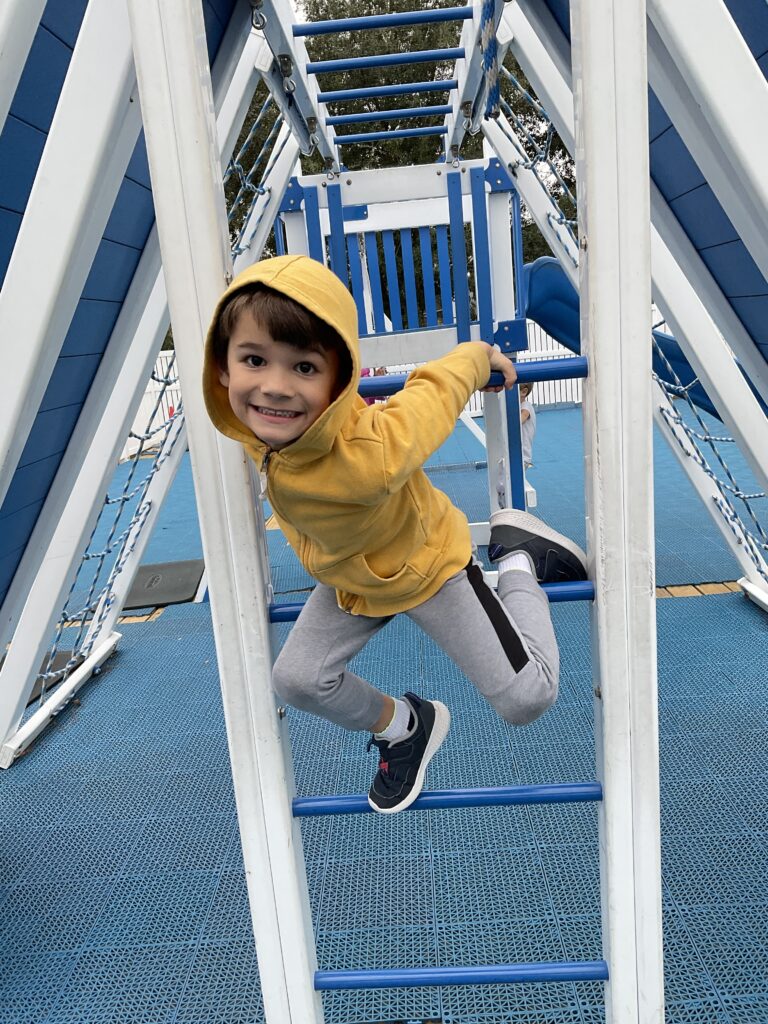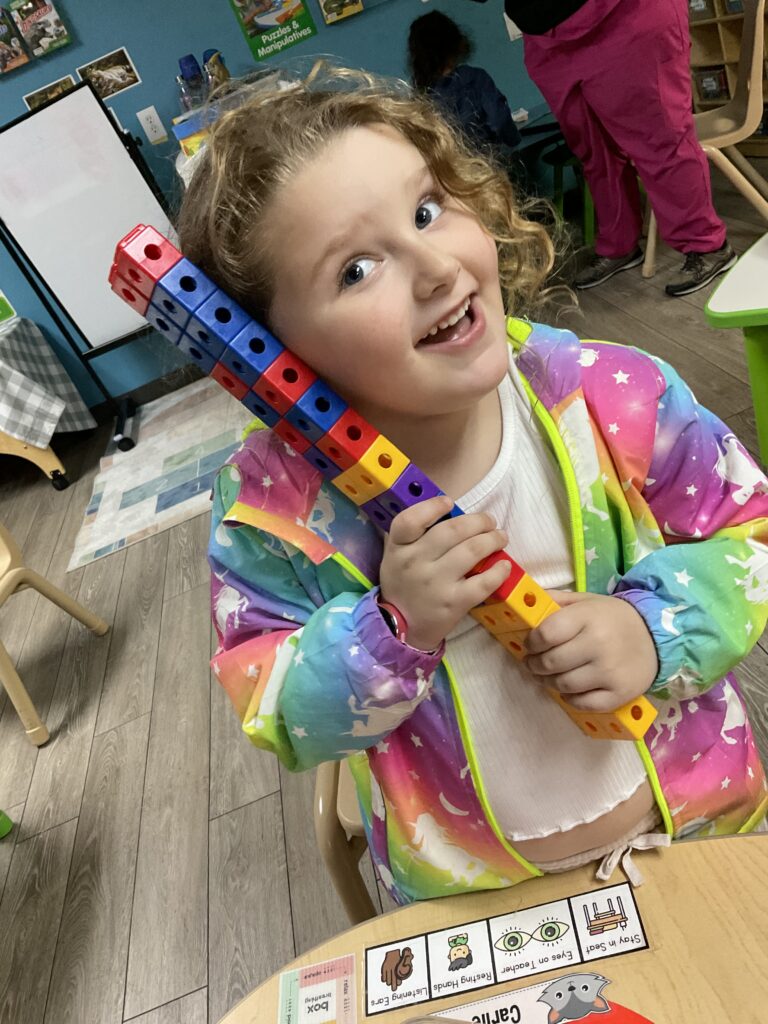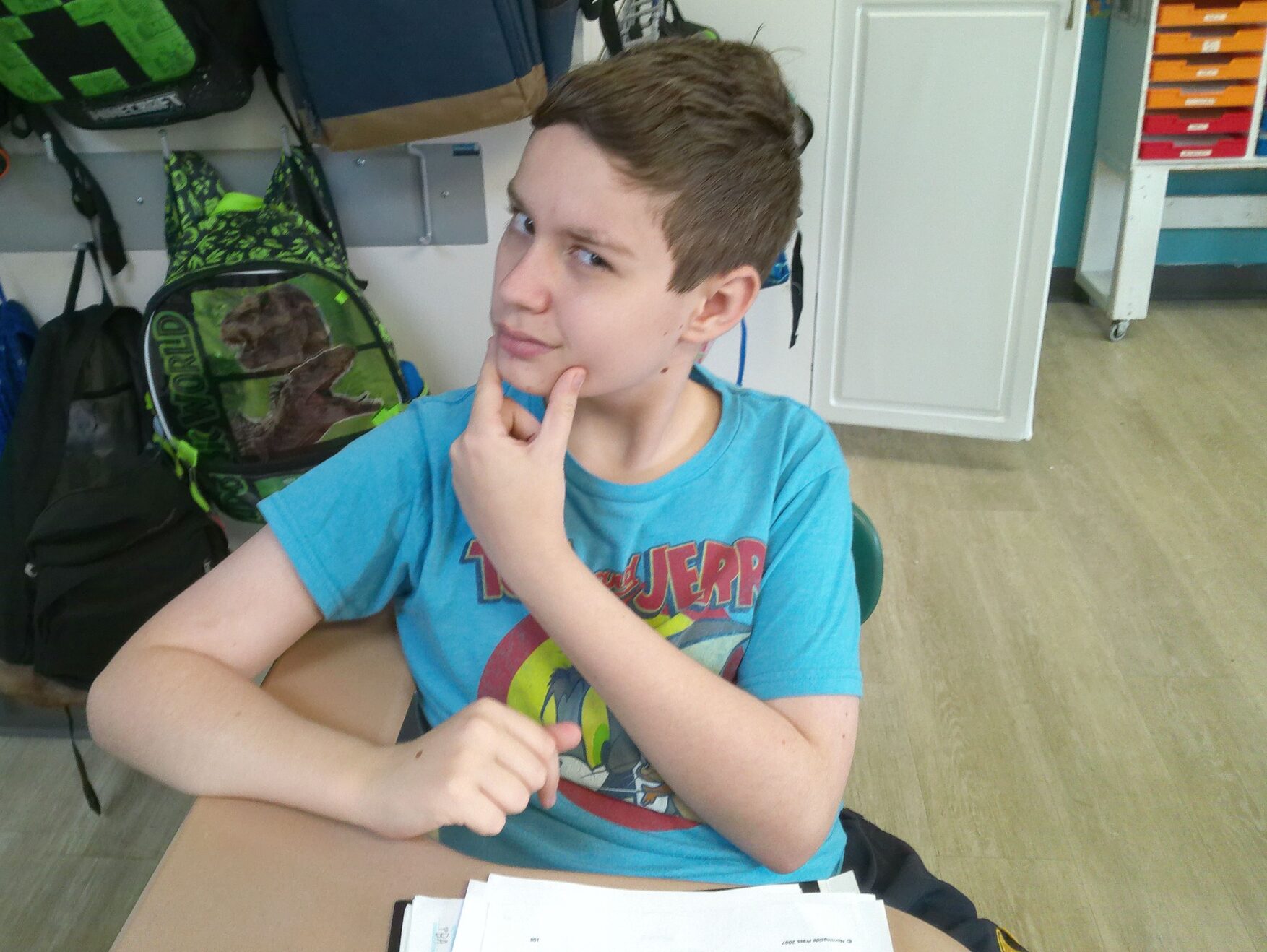Play is more than just a fun activity; it’s essential to every child’s growth and development. For parents, educators, and childcare providers, understanding the profound impact of play can help foster creativity, learning, and deeper connections with children. When integrated thoughtfully, especially for neurodiverse learners, play becomes a powerful tool, bridging the gap between growth and joy.
But what exactly does play accomplish, and how can it benefit your child? Let’s jump in!
Why Play Matters
Think of play as the foundation for learning. It triggers curiosity, sparks cognitive development, and builds critical social skills. For children, play is how they process the world around them. For kids on the neurodivergent spectrum, it’s often a crucial way to explore their environment, practice communication, and learn to self-regulate.
“Play causes laughter. Laughter creates joy. And through joy, we create learning environments where kids feel safe, supported, and ready to thrive.”– Dr. Manny Rodriguez, Pam and the Purple Couch Podcast co-host
Whether freeform creativity or guided activities, play strengthens emotional bonds, fosters a sense of belonging, and allows caregivers to tailor learning approaches to each child’s style.

Benefits of Playing with Your Kids
1. Strengthens Connections
Playing helps build a strong emotional connection between you and your child. Even 15 minutes together daily can foster trust, understanding, and affection.
2. Supports Neurodiverse Learning
Every child learns differently. Through play, children on the neurodivergent spectrum can explore their strengths and develop new skills in a natural and comfortable way.
For instance, mimicking play patterns or matching energy levels with your child allows caregivers to meet them where they are. Whether solving puzzles in slow motion or exploring imaginative scenarios, the flexibility of play enables learning suited to their needs.
3. Encourages Social and Emotional Skill Development
Group play nurtures empathy, turn-taking, and conflict resolution. Through play, children practice sharing, managing frustrations, and understanding emotions.
4. Unlocks Creativity
Open-ended play fuels your child’s imagination. Blocks become castles; dolls act as superheroes. For neurotypical and neurodiverse children alike, play translates the abstract into reality.
5. Builds Independence and Confidence
Activities like make-believe or solving puzzles encourage children to think independently and develop problem-solving skills. You can support this by guiding them without taking over and empowering them to make their own decisions.

How to Incorporate Play for Maximum Benefits
Here’s how you can creatively and intentionally integrate play into your child’s daily life:
1. Follow Their Lead
Observe how your child plays and join them in their world. This builds trust and allows them to guide the interaction, ensuring the experience feels engaging and enriching for them.
Missy Owen explains this well in the Purple Couch Podcast, “Follow their play style. If they love Pokemon, turn Barbie dolls into imaginary Pokemon trainers. Adjust your approach to match their creative lens.”
2. Play With Purpose
Use playtime to teach valuable life skills. For example:
- Incorporate potty training into dollhouse play, as Missy described with her kids.
- Use board games to teach turn-taking and patience.
- Add color and shape recognition to block-building time.
3. Use the Pause-And-Play Technique
A “pause-and-play” technique during screen time can also effectively teach while you play. For example, briefly pause your child’s game to incorporate quick, rewarding tasks like naming shapes or solving simple math problems. This creates fun learning moments without taking away their favorite activity.
4. Encourage Imaginative Play for Neurodivergent Children
Many neurodivergent learners may struggle with abstract, imaginative play. To support this:
- Record yourself engaging in imaginative activities with their favorite toys and play the recording in the background while they explore independently.
- Introduce books or shows that encourage pretend play and use them as inspiration.
5. Allow Messy Play
Messy play isn’t just okay; it’s part of the process! Whether it’s flour-covered countertops or toy bins on the floor, these moments teach responsibility and independence when paired with cleanup routines.
6. Create a Happy, Relaxed, and Engaged Environment
Dr. Greg Hanley’s idea of “Happy, Relaxed, and Engaged” (HRE) learning stands true. Kids learn best when they feel comfortable and supported. During playtime, ensure the atmosphere is free from unnecessary stress or distractions so they can focus on learning through joy.
Final Thoughts on Play
Play is a vital tool for educating and building meaningful relationships with children. Through play, children develop the skills necessary for problem-solving, creativity, and emotional resilience. By understanding the nuances of how children, especially neurodiverse learners, engage in play, parents and educators can create customized strategies to help kids thrive.
But remember, play isn’t just for kids. Step into their world. Laugh, build, get messy, and re-discover the wonder of learning through fun. After all, parenting is its playful adventure.
Learn More
Looking for more ways to integrate intentional play and learning into your routines? Listen to the latest episode of the Pam and the Purple Couch Podcast for more expert tips and tools. Don’t forget to check these helpful resources:
External Links:
- The Power Of Play: Empowering Kids With Adaptive Tools – Discusses how social skills training programs and role-playing games offer structured settings where neurodivergent individuals can practice social skills.
- The Power of Play – Explains how play allows children to use their creativity while developing their imagination, dexterity, and physical, cognitive, and emotional strength.
- Play For All – Highlights that play is different and adaptable as children themselves and that neurodivergent children benefit from the variety of ways to learn through play.
- How to Embrace the Power of Play for Children … – Explains that when children with special needs engage in activities designed for their abilities, they gain a sense of accomplishment, build self-confidence, and develop skills.
- There is no right way to play: How a recent article in The … – Describes the new National Guidelines for working with Autistic children by the Autism CRC and highlights the power of play-based supports.
Internal Links:
- Books That Encourage Imaginative PlayTogether, we can make every child’s world a bit brighter through the magic of play!

